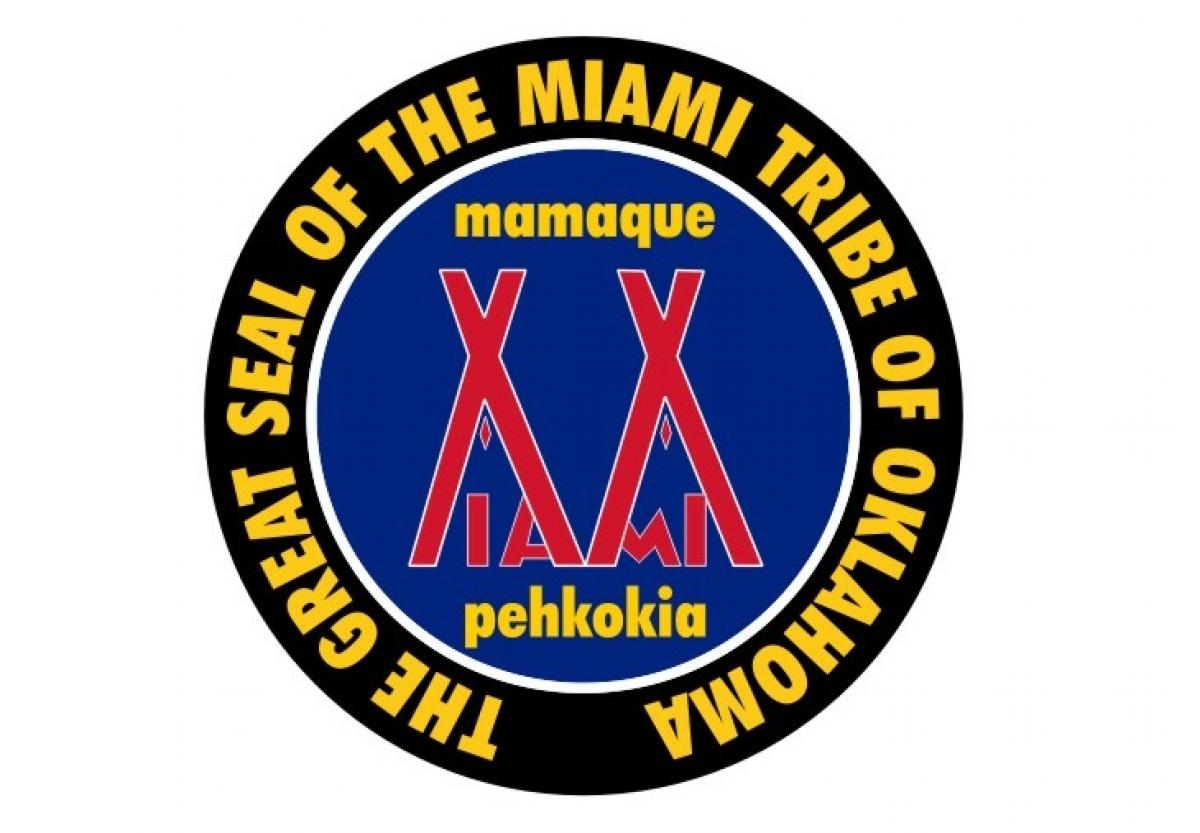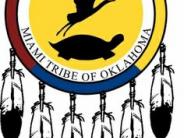- Our Community
- Community Overview City History Community Demographics Chamber of Commerce Events and Activities City Calendar City Parks On-Line Store Cemeteries Local Weather Photo Gallery
- Library School District Public Safety Emergency Management Police Fire ADA Compliance Americans with Disabilities Wall of Honor Wall of Honor
- Grove Regional Airport Grand Lake Association INTEGRIS Grove Hospital Har-Ber Village Lendonwood Garden Playmakers Theatre Cayuga Mission
- Doing Business
- Welcome Visitors
- Grand Lake Association Grove Area Chamber of Commerce Grove Regional Airport Playmakers Theatre
- Cayuga Mission Har-Ber Village Lendonwood Garden Grand River Dam Authority (GRDA)
- On-line Store Photo Gallery Events Where to Eat Where to Stay Where to Park in Downtown Grove Wolf Creek Park & Boating Facility
- Inside City Hall
- Contact City Hall Staff Directory Submit a Complaint or Comment City Code Comprehensive Plan Jobs - Equal Opportunity Employer Non-Discrimination Download Employment Application Submit Employment Application
- Agendas and Minutes City Council Boards and Committees Convention and Tourism Bureau Economic Development Authority Municipal Airport Authority Municipal Service Authority Planning and Zoning Board Zoning Board of Adjustments ADA Compliance Americans with Disabilities
- Departments Administration Airport Buildings and Grounds Community Development Economic Development Finance Fire Emergency Management Municipal Court Police Public Works Utility Services
- Helpful Resources
- Alerts and Notifications Email Subscriptions Events and Meetings Agendas and Minutes City Calendar In the News City News
- Contact the City Staff Directory Submit a Request or Concern Code Red Code Red Login Documents and Forms Documents and Reports Forms, Permits and Applications Maps
- Social Media City of Grove on Facebook Wolf Creek Park on Facebook Grove Animal Control on Facebook Frequently Asked Questions Frequently Used Numbers Helpful Links
Tribal, Miami of Oklahoma

MIAMI TRIBE OF OKLAHOMA - The Miami Tribe of Oklahoma is the only federally recognized Native American tribe of Miami Indians in the United States. The people are descended from Miami who were removed in the 19th century from their traditional territory in present-day Indiana, Michigan and Ohio.
The Miami Tribe of Oklahoma is an Eastern Woodlands tribe, who traditionally spoke the Miami-Illinois language, a language of the Algonquin family. The name 'Miami' derives from Myaamia (plural Myaamiaki), the tribe's autonym (name for themselves) in their Algonquian language; it appears to have been derived from an older term meaning 'downstream people’. Some scholars contended the Miami called themselves the Twightwee (also spelled Twatwa), supposedly an onomatopoeic reference to their sacred bird, the sandhill crane. However, recent studies have shown that Twightwee derives from the Delaware language exonym name for the Miamis, tuwéhtuwe, a name of unknown etymology. Some Miami have stated that this was only a name used by other tribes for the Miami, and not their autonym. They also use Mihtohseeniaki, "the people." The Miami continue to employ this autonym today.
Tribal members traditionally spoke the Miami-Illinois language, one of the Algonquian languages, but few do today. The tribe is working with Miami University of Ohio to set up the Myaama Center and programs to revive their 'sleeping' tongue. It is particularly well-documented in early sources (including a complete Illinois-French dictionary). The two organizations are working together to conduct research projects to revitalize Miami language and culture, and to offer university students opportunities to visit and work with the tribe on various projects.
Miami society was divided into clans, led by hereditary chiefs. They had a patrilineal system of kinship, with descent and inheritance passing through the paternal lines. Children were considered born into their father's clans but clan mothers were highly influential who had approval over hereditary chiefs.
Like all tribes who had reservations in what became Oklahoma, in the late 19th century the Miami endured their communal lands being broken up by the Dawes Act, which allotted land to individual households with the thought to encourage assimilation as farmers. In practice, it resulted in the loss of much tribal land, as speculators took advantage of the Miami. Similarly, the Curtis Act of 1898 ended tribal government and the federal Bureau of Indian Affairs became an intermediary administration.
The Miami persevered and in the 1930s, they re-organized their own tribal government under the Oklahoma Indian Welfare Act, independent of the Peoria people. The Miami ratified their constitution on August 16, 1939, which established a representative government with elected council and chief.
On February 5, 2014, Rep. Markwayne Mullin (R, OK-2) introduced the bill To revoke the charter of incorporation of the Miami Tribe of Oklahoma at the request of that tribe (H.R. 4002; 113th Congress) into the United States House of Representatives. The bill would accept the request of the Miami Tribe of Oklahoma to revoke the charter of incorporation issued to that tribe and ratified by its members on June 1, 1940.
The headquarters of the Miami Tribe are based in Miami, Oklahoma. Of the 3,908 enrolled tribal members, 775 live in the state of Oklahoma. Enrollment in the tribe is based on documented lineal descent; they do not have a blood quantum requirement.
Click any thumbnail image to view a slideshow

